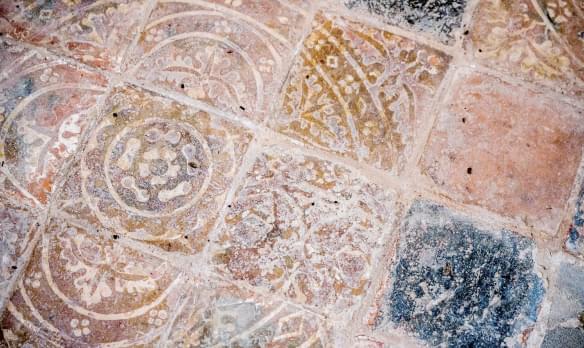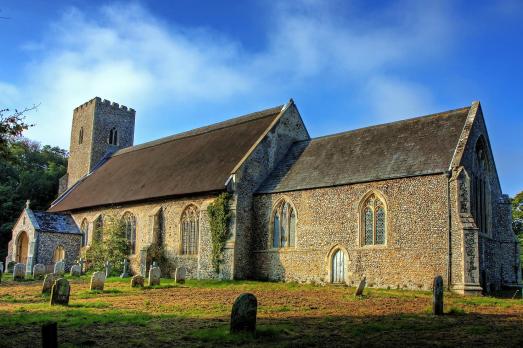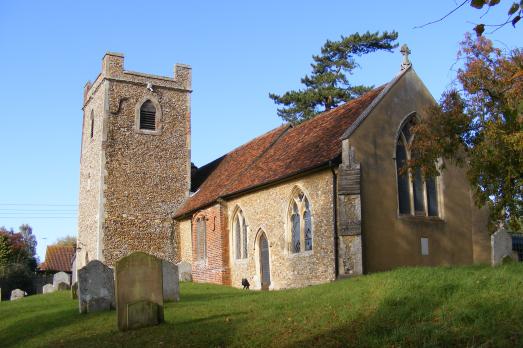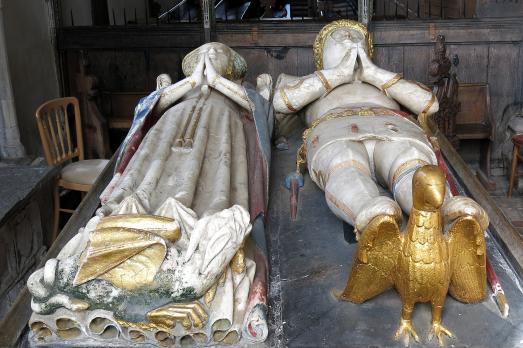
St Philip & St James
Walderslade, Kent | ME5 0TZ
Know locally as Pip and Jim's, a warm welcome awaits all who visit.
Search for a fascinating place to visit, or see the variety of churches, chapels and meeting houses we have supported.

Walderslade, Kent | ME5 0TZ
Know locally as Pip and Jim's, a warm welcome awaits all who visit.

Paston, Norfolk | NR28 9TA
Medieval 14th century church with nationally significant wall paintings and a rich historic and social heritage linked to the Paston Family of Paston Letters fame.
We have supported this church

Tonbridge, Kent | TN9 1SG
Congregationalists were gathering nearly 275 years ago in Tonbridge, eventually forming a church.

Seaview, Isle of Wight | PO34 5EF
This beautiful church 'on the hill' has been here since 1717, surrounded by a large graveyard that has an abundance of wild flowers in the late spring AND early summer and glow worms.
We have supported this church

Colemans Hatch, Sussex | TN7 2HN
Holy Trinity was built shortly before World War I. It is 14th century Gothic in style, with a sandstone tower topped by an elegant spire.

Haywards Heath, Sussex | RH16 1QE
St Richard's is an unusual church and well worth a visit.

Crostwight, Norfolk | NR28 9NW
Isolated tranquil medieval rural jewel with 14th century wall paintings.

Yapton, Sussex | BN18 0EE
Yapton's charming and distinctive church has changed surprisingly little since it was completed around 1220.

Little Bealings, Suffolk | IP13 6LJ
Little Bealings is a small and endearing building in an idyllic setting, which serves a small but picturesque parish about three miles from Woodbridge and five miles northeast of Ipswich.
We have supported this church

Aylesford, Kent | ME20 7BX
Aylesford Priory or 'The Friars' is the home to a small community of Carmelite Friars, who first came here in 1242.

Dennington, Suffolk | IP13 8AA
Dennington's large 14th century flint church is imposing enough, but the outside gives little clue to the rare treasures inside.
We have supported this church

Speldhurst, Kent | TN3 0PA
Though very close to Tunbridge Wells, Speldhurst has a pleasing village like feel and the Victorian gothic church fits in well.